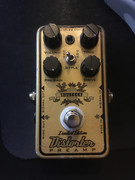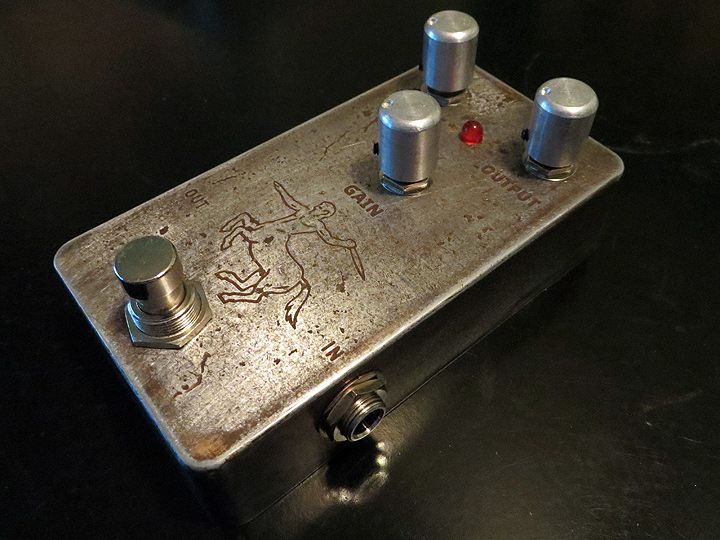Been working on this for the better part of 3 months now, and finally got it launched this afternoon!

Still a few more things on the list to do in the coming weeks, but the vast majority of it is done at least. Looking forward to picking the soldering iron back up though - it's certainly been one of those heads-down projects.

Still a few more things on the list to do in the coming weeks, but the vast majority of it is done at least. Looking forward to picking the soldering iron back up though - it's certainly been one of those heads-down projects.








 We'll be finished with the video itself in about two weeks and I'll be sure to post back when it's ready. It's going to be super cool.
We'll be finished with the video itself in about two weeks and I'll be sure to post back when it's ready. It's going to be super cool.


